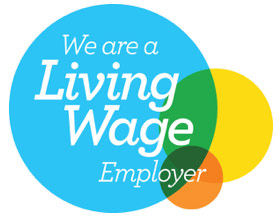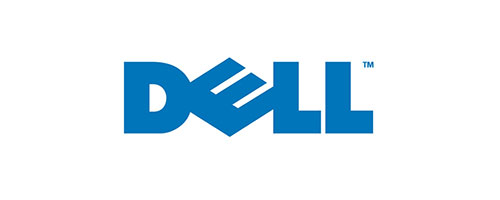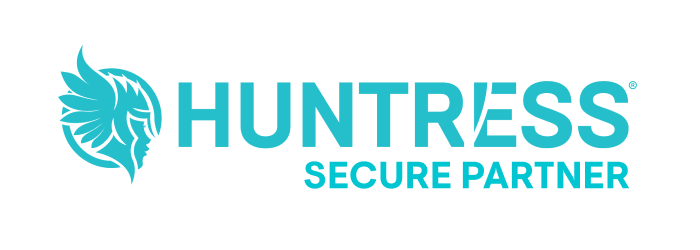
Zoom (or your video conferencing app of choice) may have become a staple of your personal and professional life. But what effect is this having on your mental wellbeing? Zoom fatigue is a real phenomenon, and if you’re always on a video call, you’re probably experiencing it.
What is Zoom fatigue?
Throughout the pandemic, video calls have been the only option for socialising for many, and have replaced meetings in the office, catch ups with friends and calls with clients. Zoom fatigue is the idea that video conferencing is exhausting for those who are, or are required to be on repeated video calls.
Despite the word ‘Zoom’ in the name, it’s not specific to one video conferencing platform. However, Zoom has been one of the most popular platforms available to individuals and businesses over the course of the pandemic, and as such has become shorthand for video calls in general.
Why can Zoom calls be more tiring than in-person hangouts?
In a recent article, Bailenson outlines four key differences between Zoom, and face-to-face communication; eye gaze at a close distance, cognitive load, an all day mirror, and reduced mobility. We’ve summarised all four of these differences below, but you can check out his article for a full breakdown of the theory behind Zoom fatigue.
Eye gazing at a close distance
Eye gaze at a close distance is a reference to the proximity of a person to their screen. When we are sat in front of our devices on a Zoom call, we’re likely to be fairly close to the screen; much closer than we would be if we were having a conversation in real life. In real life situations, communicating with someone at this kind of proximity is likely to be reserved for intimate relationships. But on Zoom, we’re in close proximity with everyone.
Bailenson’s theory is that often when we’re forced into this kind of close proximity with people we’re not close with (sharing a crowded lift, for example), we make up for this excessive proximity by reducing eye gaze (looking down, not making eye contact). However, for Zoom calls, we’re looking directly into the eyes of often numerous people for hours at a time.
Cognitive load
A huge amount of our communication is through natural, non-verbal cues. These could be angling yourself towards the speaker, using short utterances (such as ‘mhmm’ and ‘yes’), and small movements. Balienson theorises that a huge amount of these do not translate well to video calls; we might adapt our behaviour so that we’re listening quietly, so as to not ‘take’ the microphone from the speaker, for example.
To compensate for these restrictions, we send extra social cues; our movements (like nodding) are more exaggerated, so we can be more sure that the speaker is receiving them. We might look directly into the camera when we’re trying to give direct eye contact, but this reduces our view of the person or people we’re speaking to. Balienson states that this conscious monitoring of behaviour makes video calls a draining experience.
An all day mirror
One of the huge differences in having video calls and working on Zoom is the self view feature. This feature is on by default for Zoom users, and results in looking at your own reflection in real time during every conversation with someone. Research suggests that we’re more likely to be critical of ourselves, and engage in self focused attention when we’re able to see our reflection.
On Zoom, we’re able to see ourselves as other people are seeing us. Of course, the option is always there to hide your self view, but in real life, we’re never given the option to see how we are being perceived. If you’re unconsciously or consciously concerned about how people see you, this feature can have a huge impact on your thoughts, feelings and focus during video calls. For those with mental health difficulties, such as anxiety, this strain is likely to be felt even more acutely.
Reduced mobility
When we’re talking to a group of people in real life, we’re allowed a huge amount of mobility. We might walk and talk, or we might move away to split off into smaller groups in the middle of a larger conversation. We’re likely to be a fair distance away from everyone that we’re speaking to (as previously discussed in the section on eye gazing).
On Zoom, this mobility simply isn’t possible. Due to the placement of the camera, you generally need to stay in the same position for the duration of the meeting or social call; within the frame. Balienson suggests that sitting in this way for hours is a contributor to Zoom fatigue, and is one of the reasons why people are finding video conferencing so draining.
What can we do about Zoom fatigue?
Luckily, there are some solutions for Zoom fatigue. To combat the eye gaze and close proximity, minimise the Zoom window. This can help to provide a break from eye contact. An external keyboard will also help to increase the distance between yourself and the camera.
For cognitive load, question whether cameras need to be on continually for every meeting. Having a meeting or a call which is just audio may feel more comfortable for everyone, and reduce that feeling of exhaustion after a long series of calls.
For the all-day mirror, turn off self view. To do this in Zoom, click the three dots in the corner of your video, and select hide self view. There isn’t an option to turn self view off by deafult in Zoom’s settings yet, so you’ll need to do this in each video call.
To combat the lack of mobility, normalise turning off your camera for short periods of time. Between meetings or calls, step away from the computer; ideally, go for a walk, or go to a different room. This break from the screen will help reduce Zoom fatigue.
Tweet us @TranscenditUK












